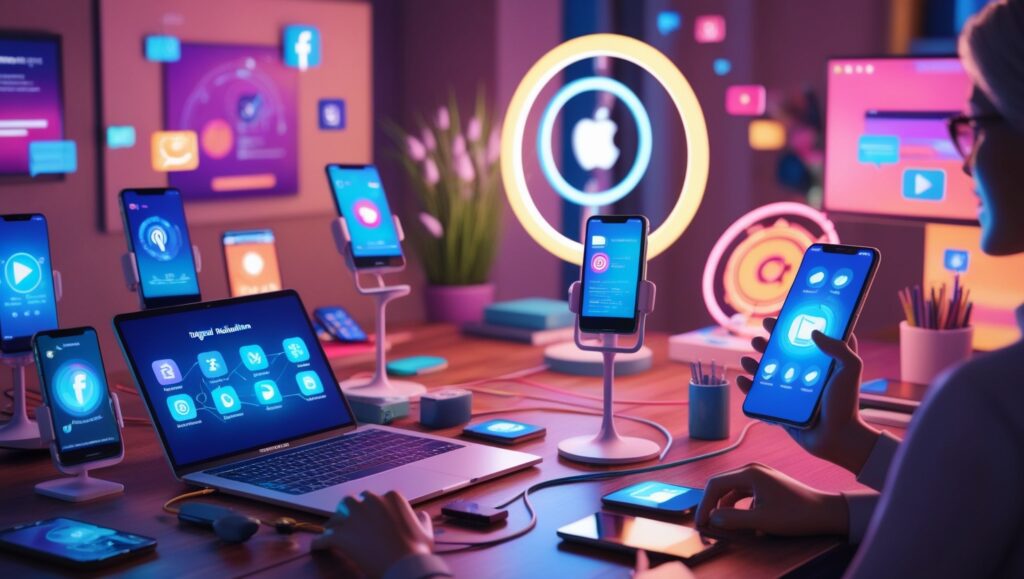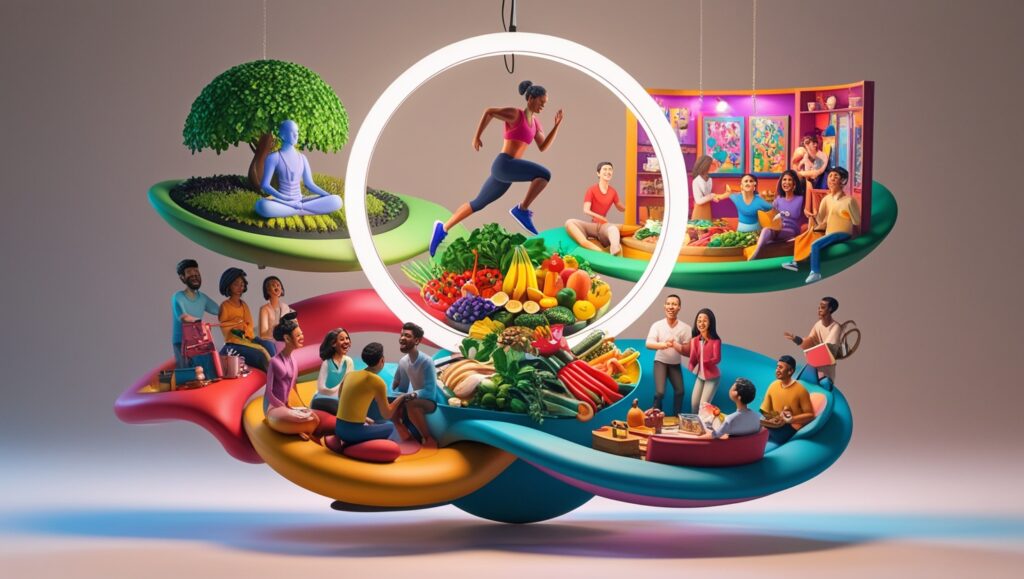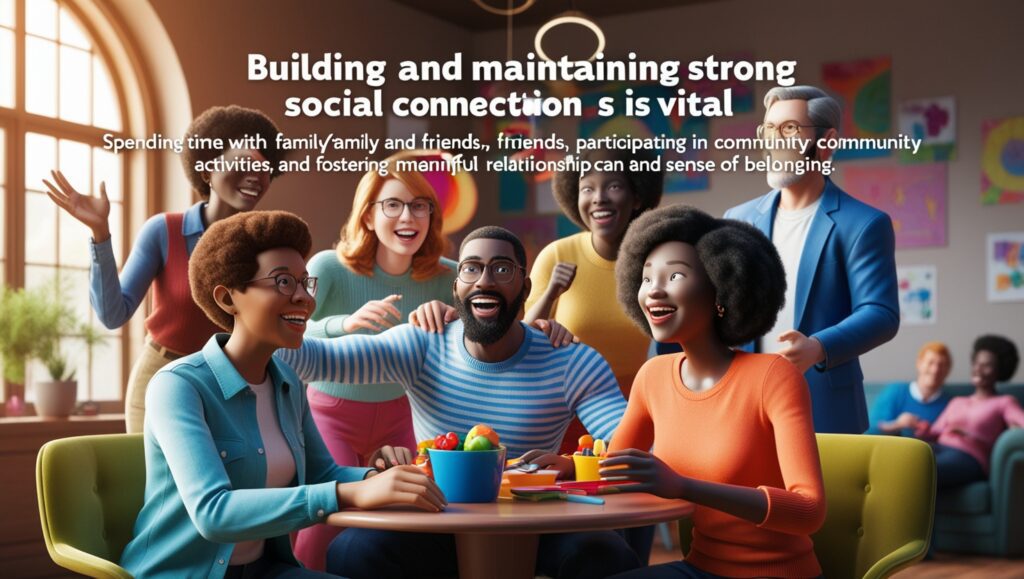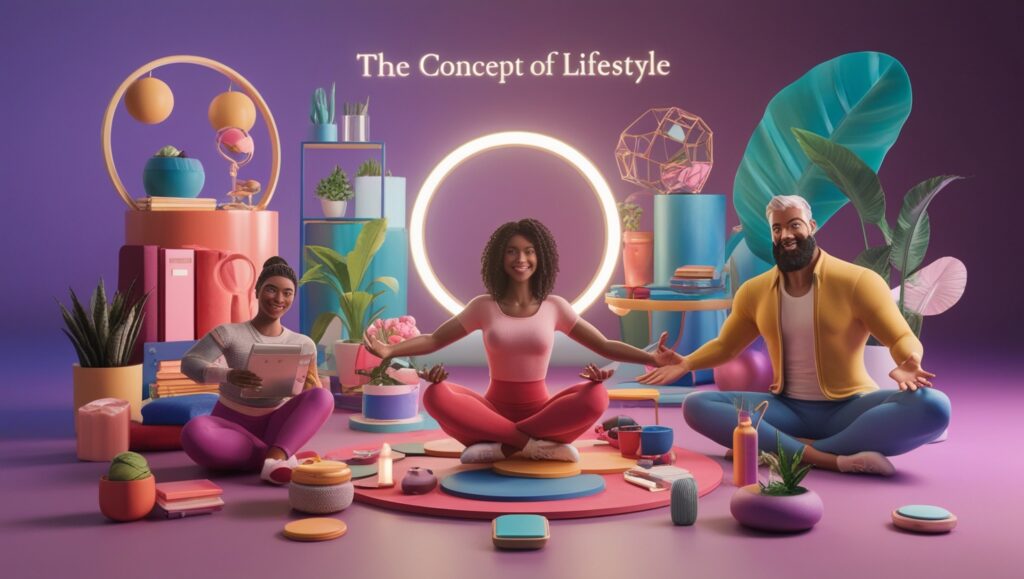Lifestyle is a combination of habits, practices, values, tastes, and preferences of people or groups. It is decided by factors like morality standards, economic level, demographic features, and life events. In a century where rapid change is the key feature of technological advancements, changing societal norms, and awareness towards health, lifestyle becomes like a mold-able clay getting shaped by these adaptive factors.
Historical Context of Lifestyle

Back in the day, your social standing and occupation determined your lifestyle. The way farmers lived differed from city traders or wealthy aristocrats. The arrival of factories brought about major changes. We witnessed a surge in urban employment and the birth of a new social group: the city working class. The 20th century ushered in more transformations with the rise of service jobs and the dawn of the information era. Each of these significant shifts created new challenges to tackle and fresh opportunities to seize. They transformed people’s everyday routines, work methods, and social interactions.
Modern Lifestyle Trends
Technological Integration:–
The digital revolution has greatly affected our daily lives. Smartphones, social media, and the internet are now essential parts of our routines. They changed how we communicate, work, and have fun. Remote work and the gig economy have become major trends. They provide flexibility but also blur the lines between personal and professional life.

Health and Wellness:-
There is a growing emphasis on health and well-being, driven by an improved focus on the effect of way of life alternatives on bodily and intellectual fitness. The fitness industry has boomed, with a proliferation of gyms, health apps, and wellness retreats. Nutrition has also gained prominence, with organic ingredients, plant-based diets, and mindfulness about eating behavior gaining popularity.

Sustainability and Minimalism :-
Environmental concerns have led to a rise in sustainable living practices. People are increasingly adopting minimalist lifestyles, focusing on reducing consumption, recycling, and making Eco-friendly choices. This trend is not only about environmental responsibility but also about seeking simplicity and reducing the clutter of modern life.

Social Connectivity in Community:-
While people are more connected digitally than ever, community is poised to make a great comeback in an era where face-to-face interactions matter the most. They turn toward the hyper-local; they seek belonging with people who share their interest or join a social group and live in experiential value rather than owning another thing. It is a shift that symbolizes our search for community and connection, in an ever-more isolated world.

Challenges of Modern Lifestyle
Stress and Mental Health:-
The Biggest problem that we face in the fast-paced modern life is -Stress and its adverse mental health impacts. The need to always be “on”, comparing your life with others on social media, and the constant contentedness of our lives can all make us feel anxious, depressed or totally burned out. Hence, it has become very important to take care of our mental health as well so that we have a balanced lifestyle.
![The image shows a person. . Overlaid text reads “THE FAST- TO PERFORME [SIC] SOCIAL STRESS AND MENTAL HEALTH ISSUES,” indicating a focus on social stress and mental health.](https://aiangelanimation.com/wp-content/uploads/2024/07/Default_The_fastpaced_nature_of_modern_life_can_lead_to_signif_0-1024x579.jpg)
Work-Life Balance:-
Obtaining Work Life Balance is an Age Old Consideration While the convenience to save time and dollars that comes with working remotely is great, it can lead to you forever being attached at some level (like me – remember I said 10 pm calling in my case? ) Managing the equilibrium involves.
Health Disparities:-
As individuals become more aware of their health and overall well-being, not everyone has equal chances to make healthy decisions. Variations in income and wealth can make it more difficult for some people to access nutritious food, secure places for physical activity, and adequate healthcare. It’s important to try to fix these differences so that everyone can have a fair chance at good health.

Digital Overload:–
We use many digital devices all the time, which can make it hard to handle too much information and stay focused. To help with this, it’s good to control how much time we spend on screens, take breaks from digital devices, and do things without using technology. These steps can help us deal with the problems caused by too much screen time.
Strategies for a Balanced Lifestyle

Mindful Living:-
Mindfulness means focusing on what’s happening right now and paying attention to your thoughts, emotions, and the world around you. Activities like meditation, yoga, and eating with awareness can help you think more clearly, lower stress, and feel better overall.

Physical Activity:-
Exercise regularly to keep your body fit and healthy. One can do this by engaging in running, swimming, fitness classes, or any other activity. Alternatively, you can turn the day more physical with fast walking, biking, and gardening. Exercise will help in keeping your body and mind fit and strong.

Healthy Eating:-
Eating a mix of fruits, vegetables, whole grains, and low-fat meats gives your body the good things it needs to stay healthy. Staying away from foods made with lots of chemicals, sweet drinks, and too much coffee can help you feel better.
Social Connections:-
Feeling content from within requires the nearby presence of close friends and family. Having people whom one cares about in their company, taking part in activities at the community level, and developing strong relationships are ways through which an individual can gain support and feel part of the group.

Hobbies and Interests:-
Activities outside the workplace may then allow a person the outlet for creativity that brings pleasure and relaxation. Whether one reads, paints, enjoys music, or gardens, these are things that a person will enjoy, and they help make life rewarding.

Rest and Recovery:-
This way, you’ll be able to sustain your energy and productivity at their best. Observe the rule: sleep well, frequently take breaks, and have some time for unwinding and having a good time not to become too tired and, correspondingly, to be healthy.

Conclusion
The concept of lifestyle is dynamic; it keeps changing under the influence of shifts in society, new technologies, and personal decisions. As such, today a balanced lifestyle will be able to meet the world’s challenges in the most effective way possible: work, health, relationships, and personal happiness. The development of a lifestyle that would not just cope with the present pressures but actually add to the overall quality of life is possible through mindfulness, focusing on health, and building a supportive community. As time moves forward, the promotion of balancing health as a lifestyle will be at the core of individual and community health.

